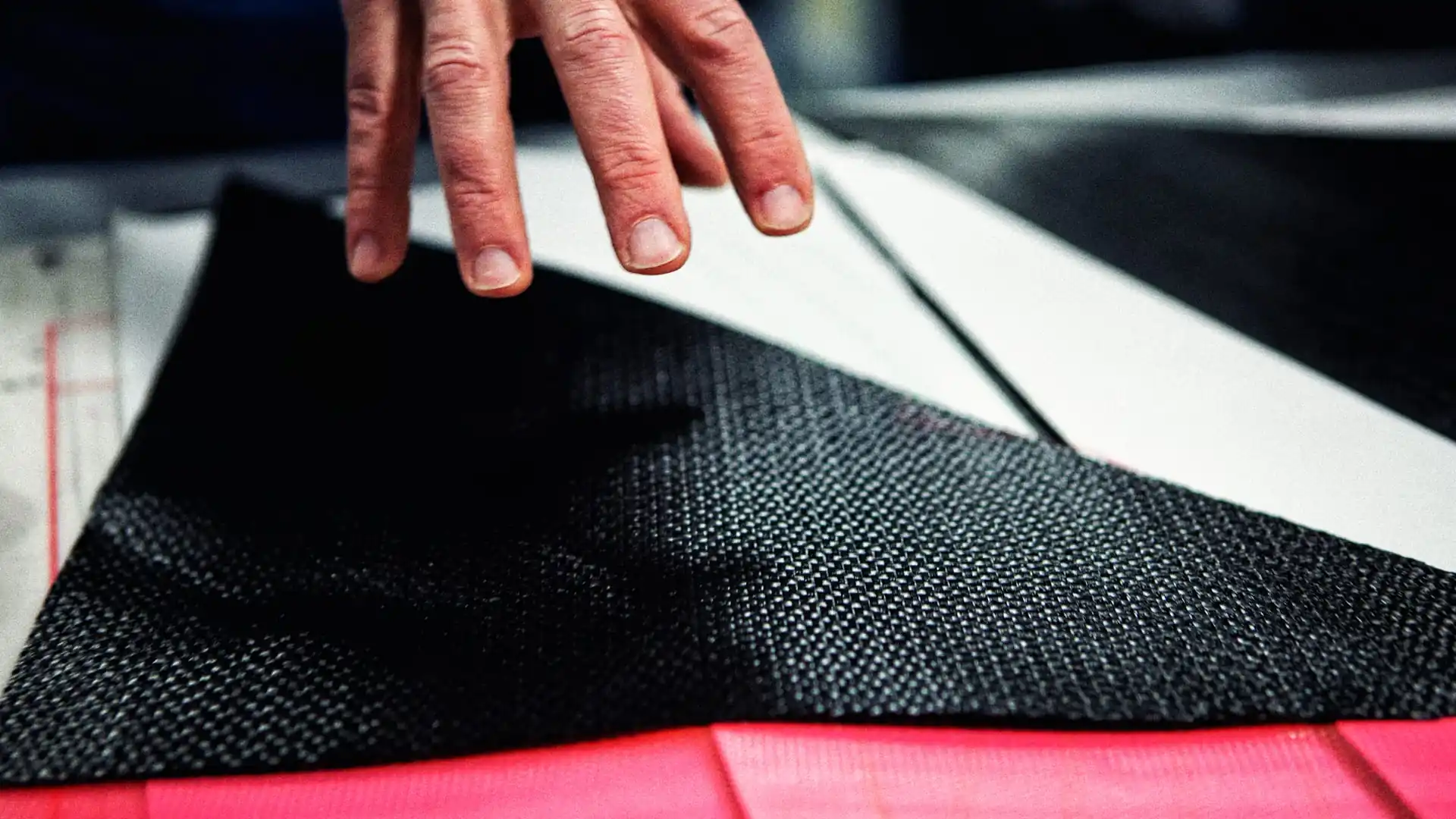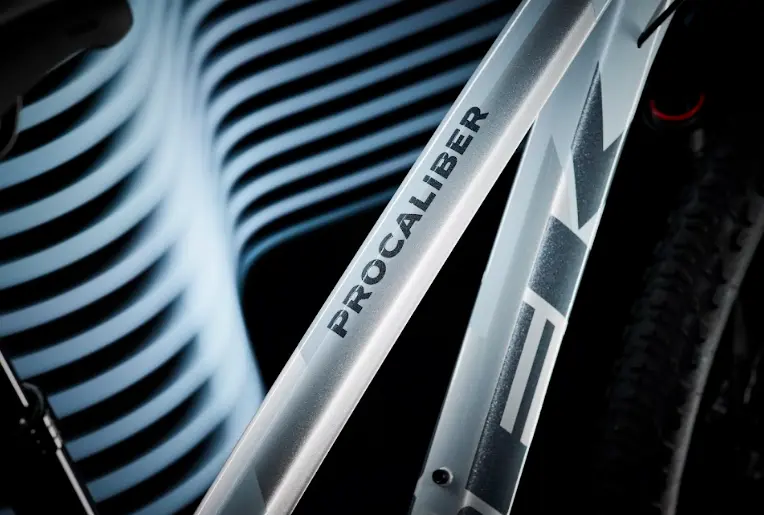In the realm of modern bicycle technology, carbon fiber frames have become synonymous with high-performance, lightweight, and cutting-edge design. These frames have become increasingly popular among professional cyclists and amateurs alike. known for their exceptional strength-to-weight ratio and versatility across various disciplines. But what exactly are carbon fiber frames, and what makes them so special in the world of cycling? This article aims to demystify the world of carbon fiber frames, providing you with a deeper understanding of their composition, benefits, and why they’re worth considering for your next bike upgrade.
What is Carbon Fiber?
Carbon fiber is a high-performance material made from extremely thin fibers composed primarily of carbon atoms. This material has its roots in aerospace and military applications. It’s a composite material, meaning it’s composed of multiple elements. In the case of carbon fiber, it consists of carbon atoms bonded together in crystals. These crystals are aligned in long, parallel strands, creating a structure that is incredibly strong while remaining lightweight. These fibers are tightly woven together, resulting in a fabric-like sheet. When bonded with specialized resins, they create an incredibly strong and lightweight composite material. Carbon fiber’s exceptional strength-to-weight ratio makes it ideal for numerous applications, including aerospace, automotive, and, of course, bicycle frames.
The manufacturing process of carbon fiber involves the conversion of a precursor material (usually polyacrylonitrile, or PAN) into carbon fiber through a series of heating and stretching procedures. This intricate process results in a material with exceptional mechanical properties, including high tensile strength, stiffness, and resistance to heat.
When you look at any carbon-made structure, it might seem like it’s crafted similarly to a plastic airplane model, but it’s a highly intricate process. The frame of a Madone Bike, for instance, consists of approximately 180 preformed pieces, or individual sheets of carbon, which can be layered for added strength as needed. Additionally, the new mountain bike frame incorporates 40 individual formations in a single swingarm alone. This is akin to the way a tailor strategically arranges fabric to create the right fit or texture.


Why Carbon Fiber?
- Optimal strength and weight: Carbon fiber frames offer a perfect balance between lightweight construction and exceptional strength. Compared to traditional steel or aluminum frames, carbon fiber frames weigh significantly less while maintaining impressive rigidity, ensuring maximum power transfer with each pedal stroke.
- Vibration dampening properties: Carbon fiber frames possess excellent vibration dampening properties. These frames can effectively absorb road vibrations, providing a smoother and more comfortable ride, especially on long-distance rides or rough terrain. This feature significantly reduces rider fatigue, allowing you to go the extra mile without feeling drained.
- Aerodynamic advantages: Carbon fiber’s versatility allows for complex shapes and designs, supporting enhanced aerodynamics. Manufacturers can manipulate the shape and thickness of carbon fiber tubes to optimize the bike’s overall aerodynamic performance, reducing drag and increasing speed. This feature is particularly beneficial for competitive cyclists seeking a competitive edge.
- Low Weight: Cyclists are perpetually in pursuit of reduced weight to improve performance, and carbon fiber delivers this with finesse. A lightweight frame means less effort exerted during climbs and quicker acceleration.
- Customization: Manufacturers can customize the layup of carbon fiber to create frames tailored to a specific type of riding, whether it’s for road racing, mountain biking, or touring.

Choosing the Right Carbon Fiber Frame
Understanding frame grades: Carbon fiber frames come in various grades, ranging from high modulus to standard modulus. High-modulus carbon fiber frames are stiffer and more rigid, providing exceptional power transfer, but they can be less forgiving on rough terrain. Standard-modulus carbon fiber frames, on the other hand, offer increased comfort while maintaining high levels of performance.
Considering the bike’s purpose: The type of carbon fiber frame you choose also depends on your intended use. Are you a mountain biker looking for agility and durability, or a road cyclist targeting speed and efficiency? Understanding your riding style and needs will help you select a frame that maximizes your performance.
Carbon Fiber Bike
When it comes to bicycles, carbon fiber is predominantly used in frame construction. Carbon fiber frames are favored for their ability to provide an exceptional balance of strength, weight, and responsiveness. These frames can be tailored to suit various types of riding, from the nimble and aerodynamic frames used in road cycling to the robust and shock-absorbing frames designed for mountain biking.
Carbon fiber frames are often created using different grades of carbon fiber, each offering unique characteristics. High-end frames typically use high-modulus carbon fiber for maximum stiffness and strength. Lower-grade frames may incorporate more flexible fibers to enhance comfort and compliance.
In addition to frames, carbon fiber is also utilized in components such as handlebars, seatposts, and wheels to further reduce weight and improve performance.
Advantages and Disadvantages of Carbon Fiber in Bicycles
Advantages of Carbon Fiber:
Lightweight: Carbon fiber is one of the lightest materials used in bicycle frames, making the bike easy to lift and maneuver.
Strength and Durability: This material stands out for its exceptional strength and rigidity, allowing for efficient power transfer and stability during rides.
Vibration Absorption: Carbon fiber has the ability to absorb vibrations, contributing to a smoother and more comfortable riding experience.
Custom Design: Carbon fiber bicycle frames can be custom-designed to suit the rider’s needs and the type of riding they do.
Disadvantages of Carbon Fiber:
Cost: Bicycles with carbon fiber frames are often more expensive than those made from other materials.
Care Requirements: Carbon fiber demands meticulous care and maintenance to maintain its high performance.
Impact Resistance: Despite its rigidity, carbon fiber may be less resistant to sharp impacts compared to some other materials.
Repair Difficulty: In case of damage, repairing carbon fiber can be challenging and costly.
In summary, carbon fiber offers numerous advantages in bicycles regarding weight, strength, and vibration absorption, but it can be expensive and requires careful maintenance.

Conclusion:
Carbon fiber frames have truly transformed the cycling world with their remarkable blend of strength, lightweight design, and exceptional performance. Whether you’re a passionate road cyclist, a committed mountain biker, or someone who just loves a casual ride, carbon fiber frames have set the benchmark for bike enthusiasts. With a grasp of the composition, advantages, and factors to consider with carbon fiber frames, you’ll be ready to make an educated choice for your next bike upgrade. So, hop on your carbon fiber bike and savor the boundless opportunities that this incredible material brings to your cycling experience!







Thanks for ones marvelous posting! I truly enjoyed reading it, you might be a great author.I will be sure to bookmark your blog and will come back in the future. I want to encourage you continue your great writing, have a nice evening!